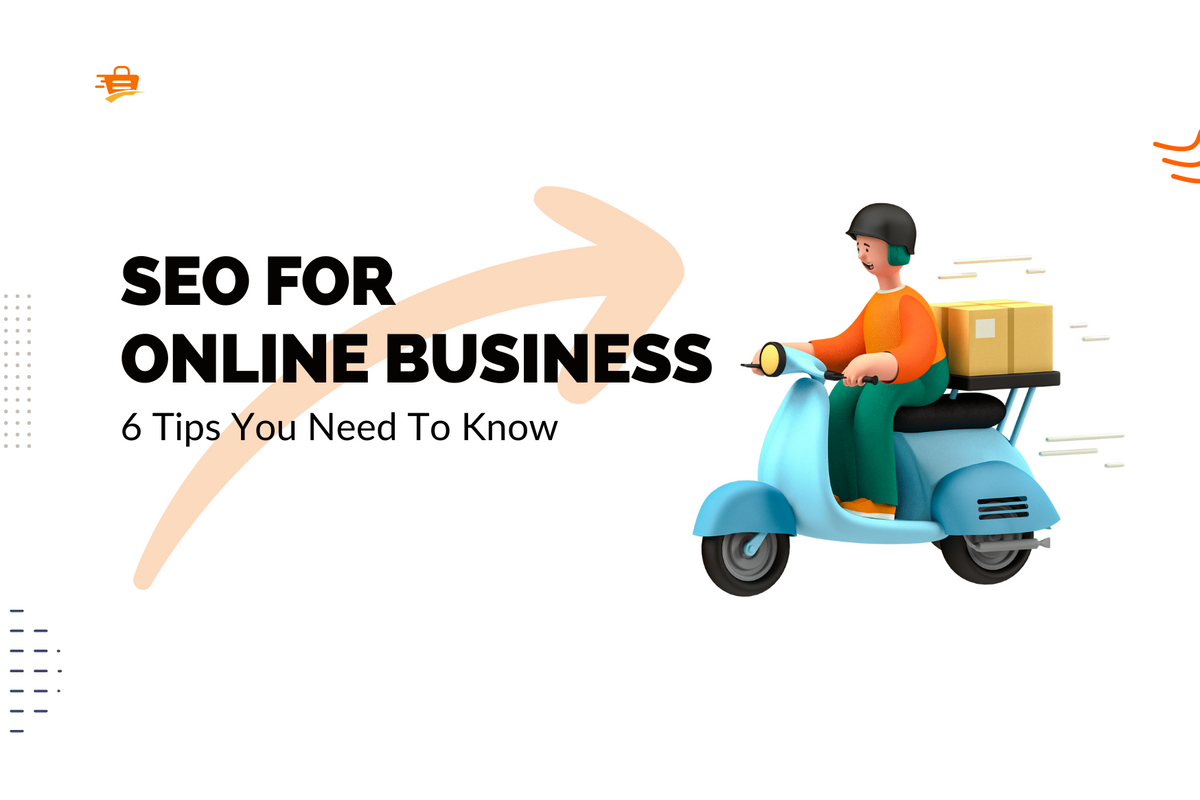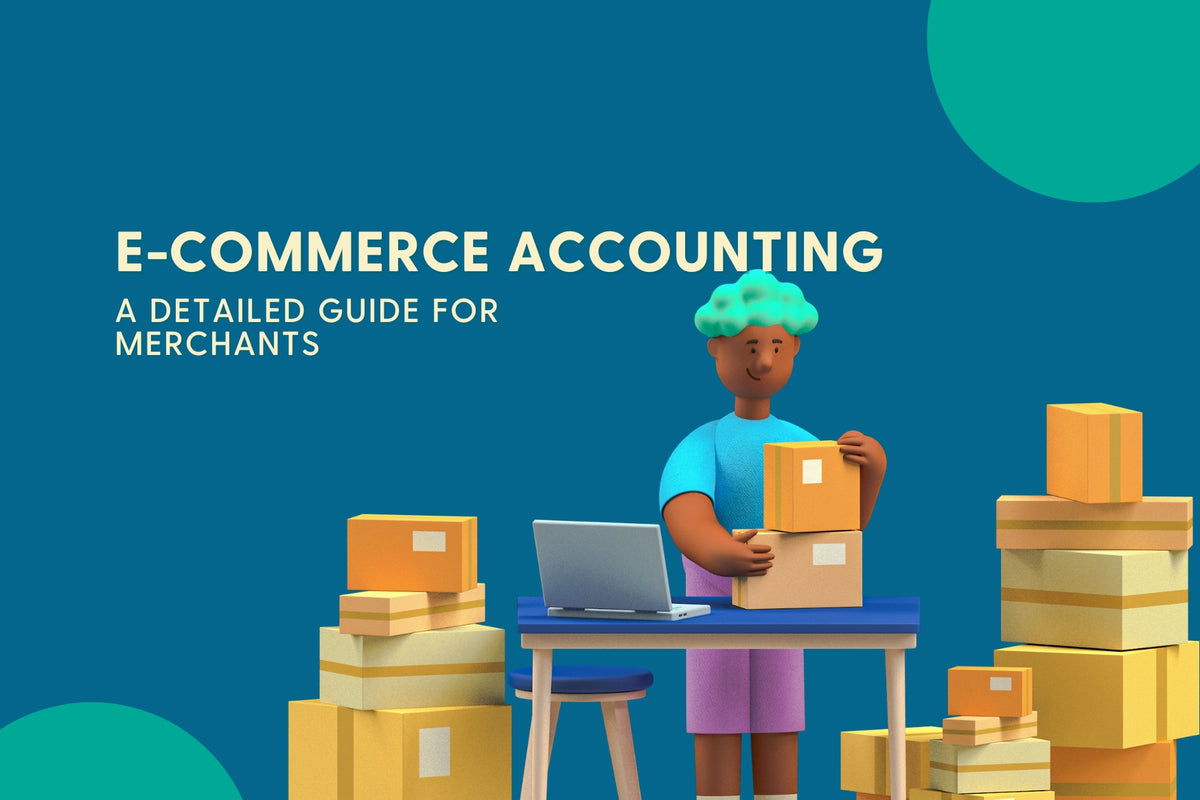Online shopping has come a long way since the early days of the internet. Today, eCommerce stores are powered by cutting-edge technologies, and one of the most impactful innovations is Artificial Intelligence combined with Machine Learning (AI/ML). These smart algorithms have changed how merchants present their online empires, making the shopping experience more personalized and enjoyable for customers.
Boost AI Search & Discovery, as our name suggests, is not excluded from the AI transformation. Earlier this year, we released the new search algorithms and the new product recommendation feature. Both are backed by AI/ML. This blog post will dive deep into how our AI-powered product recommendations work in Shopify stores.
Check out:
Understanding the Basics
Before we delve into the inner workings of AI-powered recommendations, let's grasp the basics. At its core, AI-driven product recommendation is about using algorithms to suggest products to customers based on their behavior, preferences, and past interactions with the online store. The goal is to present shoppers with items they are more likely to purchase, ultimately increasing sales and customer satisfaction.

Data Collection and Processing
The first step in AI-powered product recommendations is data collection. eCommerce stores gather vast amounts of data on customer behavior, such as:
- Browsing History: What products have customers viewed?
- Purchase History: What items have they bought in the past?
- Search Queries: What are customers looking for?
- Demographics: Who are the customers? (age, location, gender, etc.)
- Reviews and Ratings: What do customers think about products?
Once this data is collected, it's processed and organized. AI/ML models use this information as the foundation for making personalized product recommendations.
Types of Recommendation Algorithms
There are several types of recommendation models that apply AI/ML to boost relevance, each with its unique approach:
Collaborative Filtering
This method suggests products based on users' behavior and preferences with similar profiles. If you liked products A and B, and another user who liked A and B also liked C, then you might be recommended product C.
Content-Based Filtering
Content-based algorithms recommend products by analyzing the attributes and characteristics of items you've shown interest in. For instance, if you've been looking at running shoes, you'll likely receive recommendations for other athletic footwear.
Hybrid Models
Many eCommerce platforms use a combination of collaborative and content-based filtering to provide more accurate recommendations. These hybrid models balance user behavior with product attributes.
Matrix Factorization
This advanced technique decomposes user-item interaction data into latent factors. It's particularly useful for making recommendations when missing values are in the data.
Real-Time Personalization
The beauty of AI-powered recommendations lies in their ability to adapt in real-time. As a customer navigates through an online store, these algorithms continuously update and refine their suggestions. For example, If you add a laptop to your cart, the system may recommend laptop accessories like a mouse or laptop bag. If you've been exploring winter coats, you might receive suggestions for scarves or gloves to complete your cold-weather ensemble. After making a purchase, you may receive recommendations for complementary or related products via email.
How Boost Is Implementing AI/ML in Our Product Recommendation Models
Currently, Boost offers two recommendation types enhanced with AI/ML algorithms.
|
Recommendation Widgets |
Definition |
Required data |
|---|---|---|
|
Frequently Bought Together |
Recommend products that are often browsed and purchased together by other customers in a single transaction based on items added to the customer’s cart and shopping history. |
|
|
Related Items - Alternative Products |
Show products a user might consider an alternative to a particular product or set of products. For example, if a user is looking at toothpaste, this algorithm shows other types. |
|
|
Related Items - Complementary Products |
Recommend products a user would purchase in addition to a particular product or set of products. Eg, if a user is looking at toothpaste, this algorithm shows toothbrushes and dental floss. |
|
|
Related Items - The mix of Alternative and Complementary Products |
Recommend products that could be complementary products and/or alternative products Eg, if a user is looking at an iPhone, this algorithm shows phone cases, screen protectors, and other types of iPhone |
Complementary Products vs. Frequently Bought Together
One question we usually get from our merchants is the difference between Complementary Products and Frequently Bought Together recommendation widgets.
Complementary Products are items that naturally go together because they either enhance each other or are related in some way.

For instance, if a customer is in the market for a tennis racket (the main product), you could suggest accessories like tennis balls or a tennis bag (complementary products) to enhance their tennis experience.
These complementary products add value and can only be fully appreciated with the main product. They're like the icing on the cake, improving the whole experience.
Another example is when someone buys a new phone. A complementary product here could be a phone case or a screen protector. While not essential for the phone to work, they provide added value by safeguarding it against damage. In essence, a phone case is pretty useless without a phone.
This concept of complementarity also extends to products that, when used together, create a more complete or harmonious experience. They fit together like puzzle pieces, delivering a more satisfying user experience.
For instance, think of a dining table and chairs. They serve different purposes but are meant to be used together to create a cohesive dining space. Or consider the classic combination of spaghetti and ketchup. Individually, they're okay, but together, they make a delicious and complete meal.
Frequently Bought Together (FBT) products, on the other hand, are just often purchased together. Their usability may not complement each other like the Complementary products. This recommendation model varies from store to store and depends significantly on the order data. If customers in an online store usually purchase a bracelet with a T-shirt (because of a discount, for example), then these two products will be recognized as FBT.

Indeed, there are some overlaps between FBT and Complemetary product recommendation models. Shampoos and hair conditioners are an excellent example here because they are often purchased together and used together to improve your hair.
Fallback Models of AI/ML Recommendation Widgets
AI/ML recommendation systems sometimes struggle when they encounter brand-new online stores or items with very little or no past data to work with. Imagine it as trying to make personalized suggestions for someone you've just met – it's challenging!
This is why we developed the fallback models for FBT and Related Items. When setting these two recommendation types, besides the primary algorithm, merchants can choose a secondary one. The latter will be put into use when the former is collecting data.

Each AI-enhanced model comes with a different set of fallback models.
|
Primary Algorithm |
Fallback Models (Secondary Algorithm) |
|---|---|
|
FBT |
• Bestsellers (by default) • Most viewed • Newest arrivals • AI-based Alternative products • Not set |
|
Related Items - Alternative Products |
• Bestsellers (default) • Most viewed • Newest arrivals • Not set |
|
Related Items - Complementary Products |
• Bestsellers (default) • Most viewed • Newest arrivals • AI-based Alternative products • Not set |
|
Related Items - Mix |
• Bestsellers (default) • Most viewed • Newest arrivals • AI-based Alternative products • Not set |
Rule-based Models of AI/ML Recommendation Widgets
Rule-based recommendations are generated based on specific rules you set up for your online store. These rules are typically tied to various product attributes like collection, vendor, tags, metafields, and product type. There are two main types of recommendations that use these rules: "Frequently Bought Together" and "Related Items."
Boost AI Search & Discovery allows merchants to set up recommendation rules from
- Same collection (once enabled, you can select which collection to ignore)
- Same product category
- Same product type
- Same vendor
- Same tags (once enabled, you can select which tags to ignore)
- Same product metafield value (once enabled, you can choose which metafield values to ignore)
Exploit AI-Powered Recommendations Now
Implementing AI-powered product recommendations brings numerous advantages to eCommerce stores. Personalized recommendations often lead to higher conversion rates and larger average order values. Customers are more likely to buy products they're genuinely interested in.
Moreover, relevant recommended products are likely to enhance user experience. Shoppers appreciate a more tailored shopping experience. It saves them time and provides convenience, leading to higher customer satisfaction. By consistently offering relevant products, eCommerce stores can also build customer loyalty and encourage repeat purchases.
With all these juicy benefits, what makes you hesitate to try the AI-powered product recommendation by Boost AI Search & Discovery? The first 14 days are on us. Plus, no credit card is needed to install and try the app for FREE.





